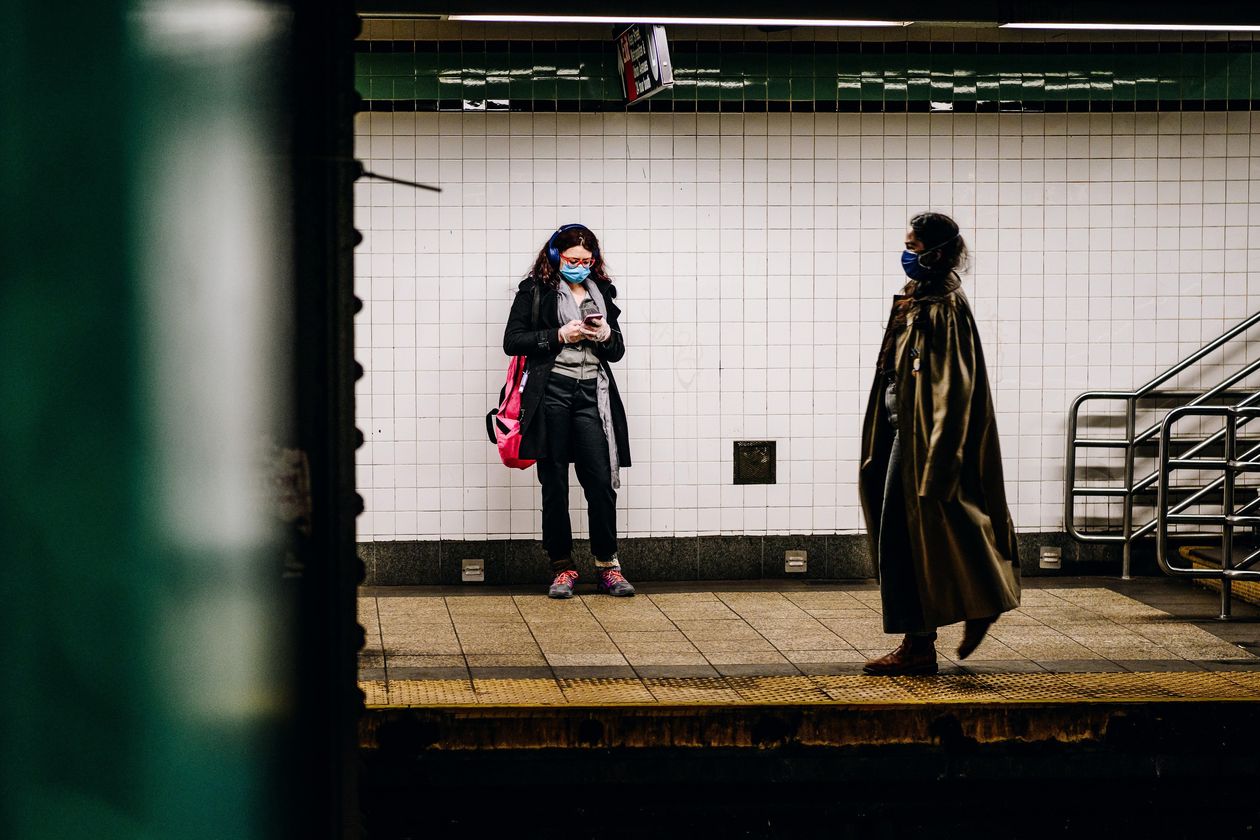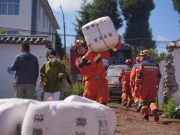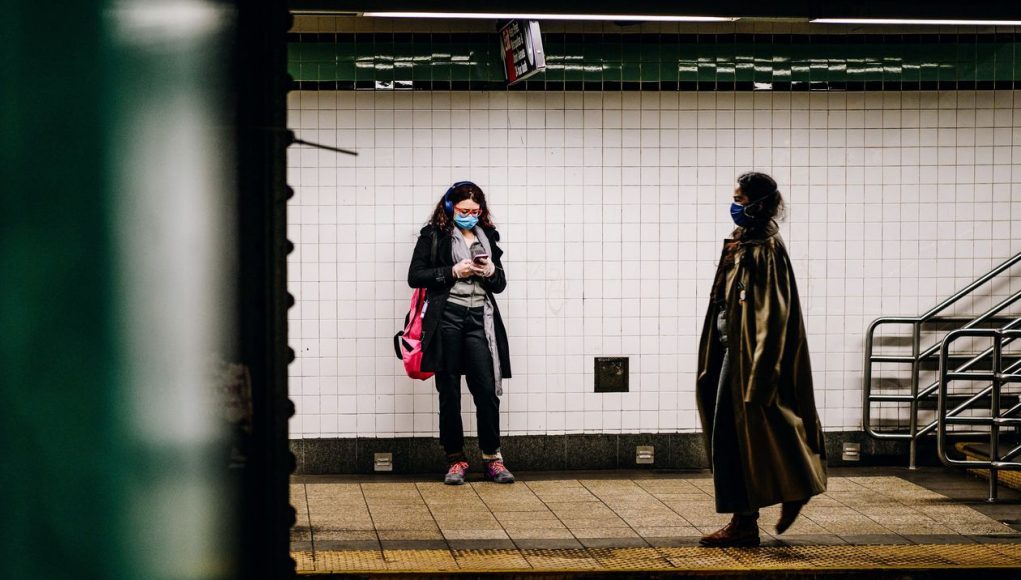(April 24, 2020) The daily coronavirus death toll in California reached a new high as New York revealed results of a study suggesting as many as 2.7 million people across the state may have been infected, the Wall Street Journal has reported.
California Gov. Gavin Newsom said 115 people died from complications from the virus Wednesday, the state’s deadliest day since the pandemic began.
The report from California came as 4.4 million Americans filed for unemployment benefits last week, according to figures released Thursday, bringing the total to more than 26 million since the pandemic triggered widespread shutdowns in mid-March. The news weighed on U.S. stocks, which gave up most of their early gains.

The U.S. House of Representatives, seeking to mitigate the continuing economic damage, voted Thursday to approve on $484 billion in fresh aid. The bill, which the Senate passed Tuesday, includes money for hospitals and expanded coronavirus testing along with funding to replenish a small-business loan program.
The reported death toll in the U.S. climbed to 49,759, an increase of 3,176 between 8 p.m. Wednesday and the same time Thursday, according to a Wall Street Journal analysis of data from Johns Hopkins University. That amounted to the third-deadliest day of the pandemic in the U.S., behind Thursday and Friday of last week. Confirmed infections reached more than 866,646, according to the Johns Hopkins data, an increase of 26,971—in the range of recent daily diagnoses. Worldwide, there were more than 2.68 million confirmed coronavirus cases and 187,330 deaths.
Experts say a lack of widespread testing and differences in reporting standards could be masking the extent of the virus.
More than 4.9 million diagnostic tests had been performed in the U.S. as of Thursday, Vice President Mike Pence said Thursday at the briefing held by the White House coronavirus task force. He said the White House would convene a call with governors Friday to get an update on the state of testing.
The study out of New York offered a look at the potential gap between the rate of reported infections and the actual rate of infection. The study of 3,000 New Yorkers, tested at grocery stores and other retailers around the state, found that 13.9% tested positive for coronavirus antibodies, Gov. Andrew Cuomo said at a press conference. In hard-hit New York City, the figure was 21.2%.
Mr. Cuomo, a Democrat, cautioned that the figures were preliminary and from only one study, but he said the results indicated that about 2.7 million people had been infected statewide. Based on that figure, the state estimates the New York death rate to be about .5%, although the governor said the rate is higher because the calculations exclude people who died at home.
Mr. Cuomo said the study’s findings supported making decisions about reopening the state economy on a regional basis.
William Hanage, associate professor of epidemiology at the Harvard T.H. Chan School of Public Health, said the reliability of serological tests, the kind used in the New York study which check for antibodies for the coronavirus, is unclear, and he noted the tests may also generate false positives results.
However, he said, false-positive results seem to be less of a concern for the New York study given that downstate was much more likely to have positive results compared with the rest of the state.
“This passes the smell test in a way that some of these other serological surveys have not, in the sense that it indicates the highest signal of infection in the place where we know where the most hospitalizations have been occurring,” Dr. Hanage said. That “gives me confidence that this is something that should be taken seriously.”
Experts criticized earlier studies in California for using methods to find participants that may have inflated the percentages of infected people and for analyzing the data in ways that may have contributed to overestimated numbers.
The study’s finding that New York City’s rate of infection was 21.1% is also “indicative of a larger fraction of people having the infection than we know,” Dr. Hanage said. The city had 141,754 confirmed cases as of Thursday.
Meanwhile, EU leaders meeting over videoconference planned to sign off Thursday on a €500 billion ($542 billion) package agreed earlier this month by finance ministers, intended to immediately boost health spending, keep unemployment levels down and support small businesses.
With most countries under some form of lockdown, Muslims planned to gather scattered families and friends via videoconference each evening during Islam’s holy month of Ramadan, which started Thursday. Just as Christian and Jewish faithful celebrated Easter and Passover at a distance, Muslims were preparing what some called “e-iftars” over dinners marking the breaking of fast after each sunset.
In Asia, Singapore recorded more than 1,000 new infections for a fourth consecutive day Thursday. The city-state reported 1,037 additional cases, sending its total to 11,178, and making it the worst-hit nation in the region.





































